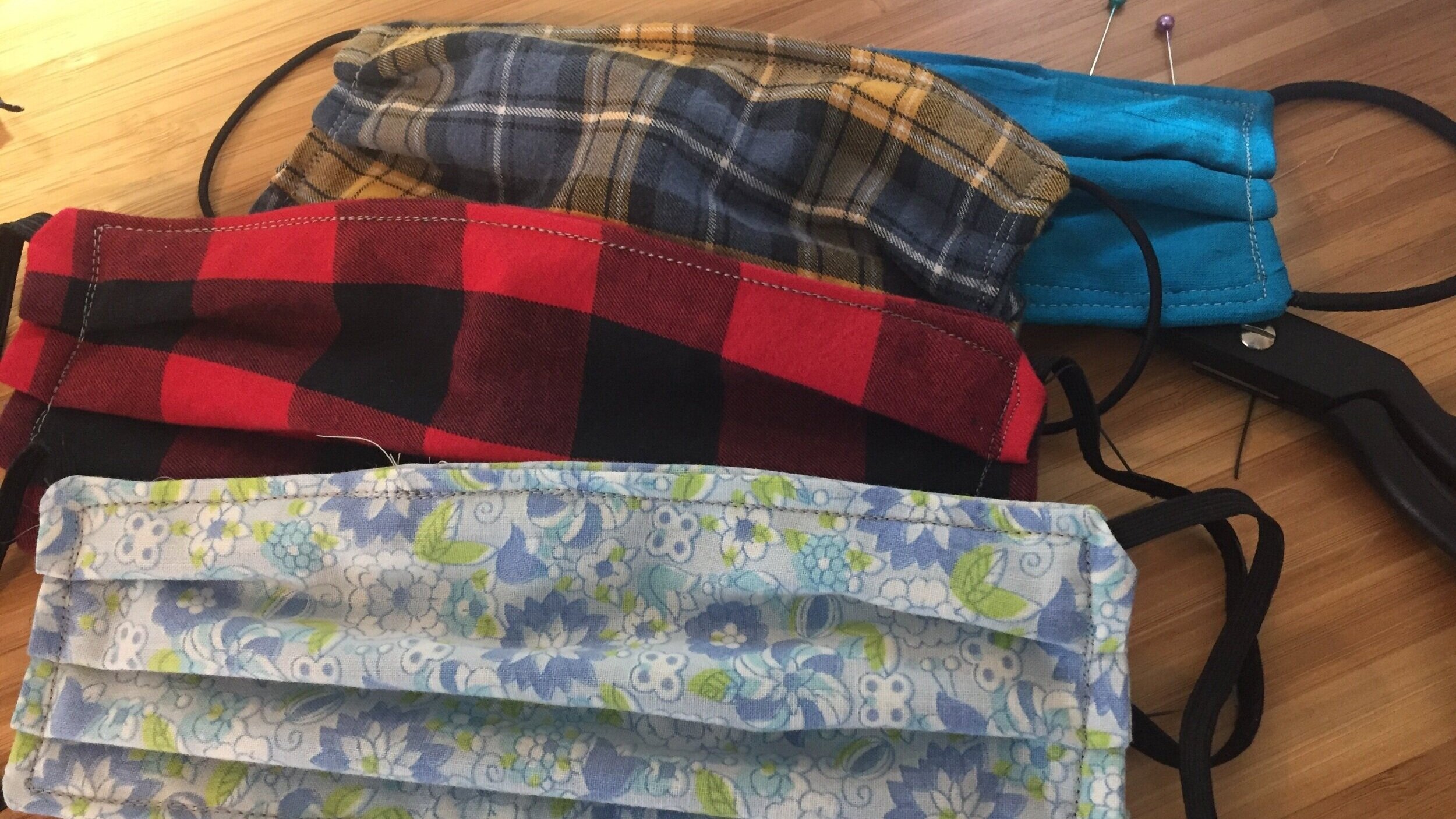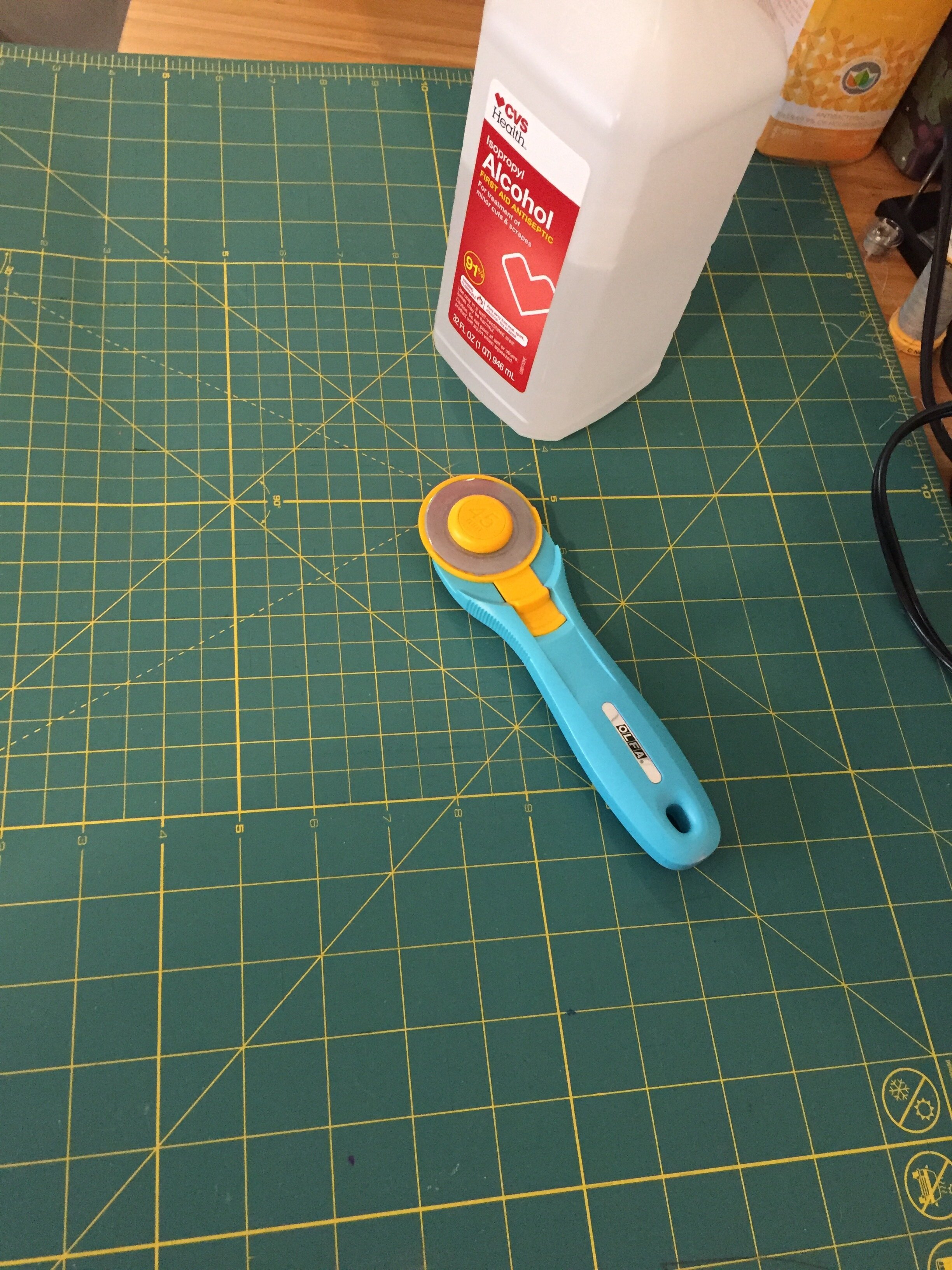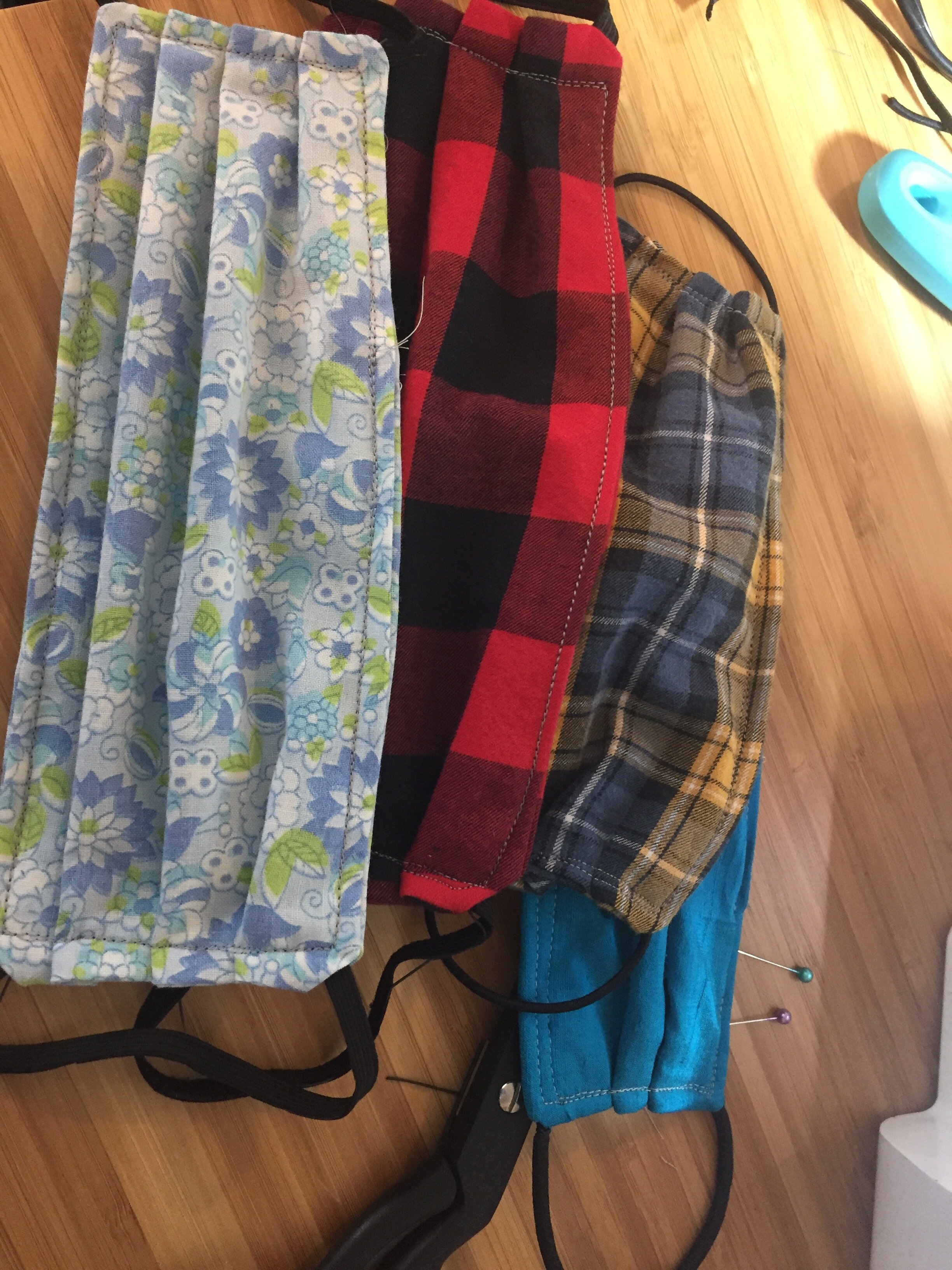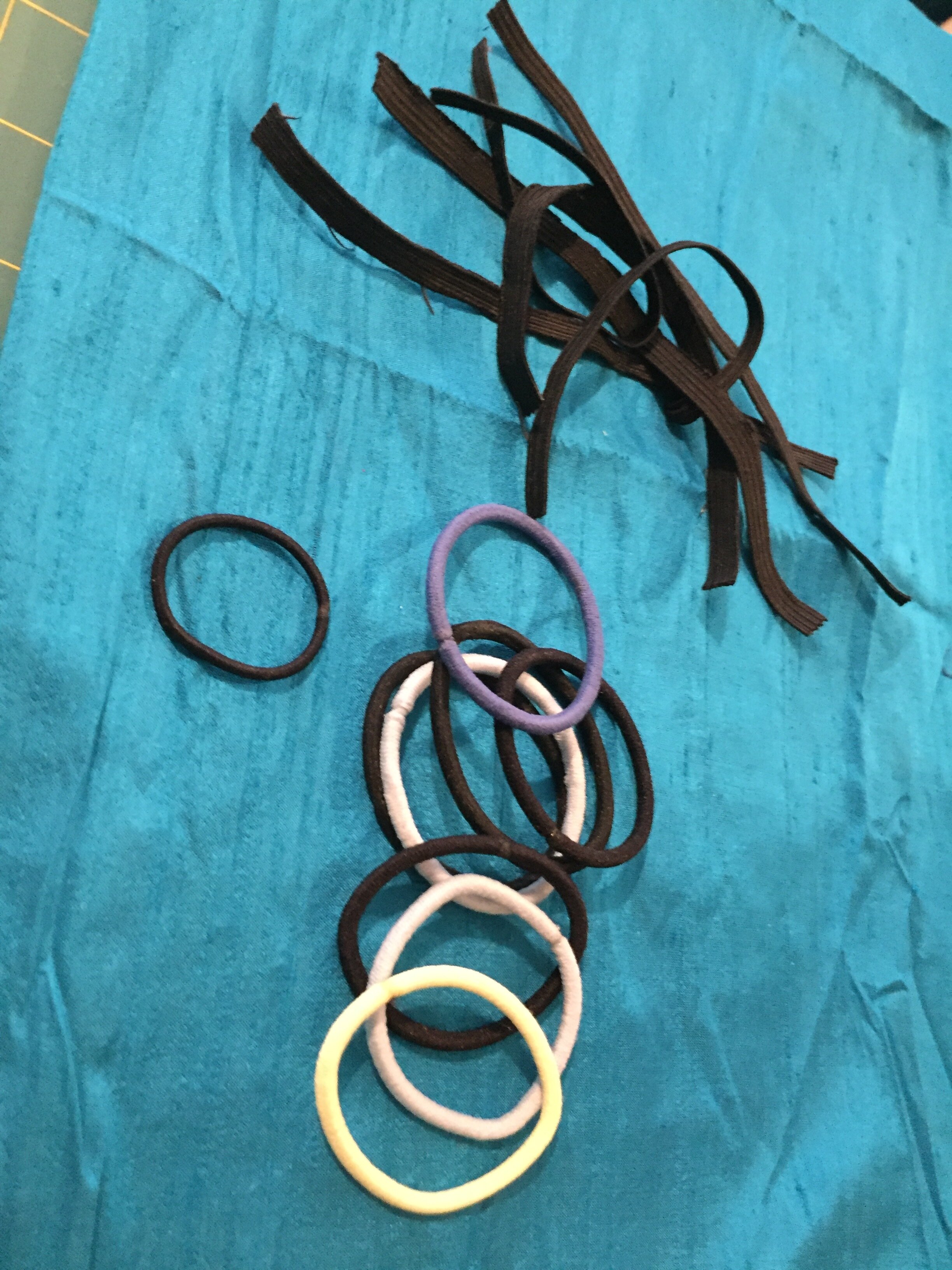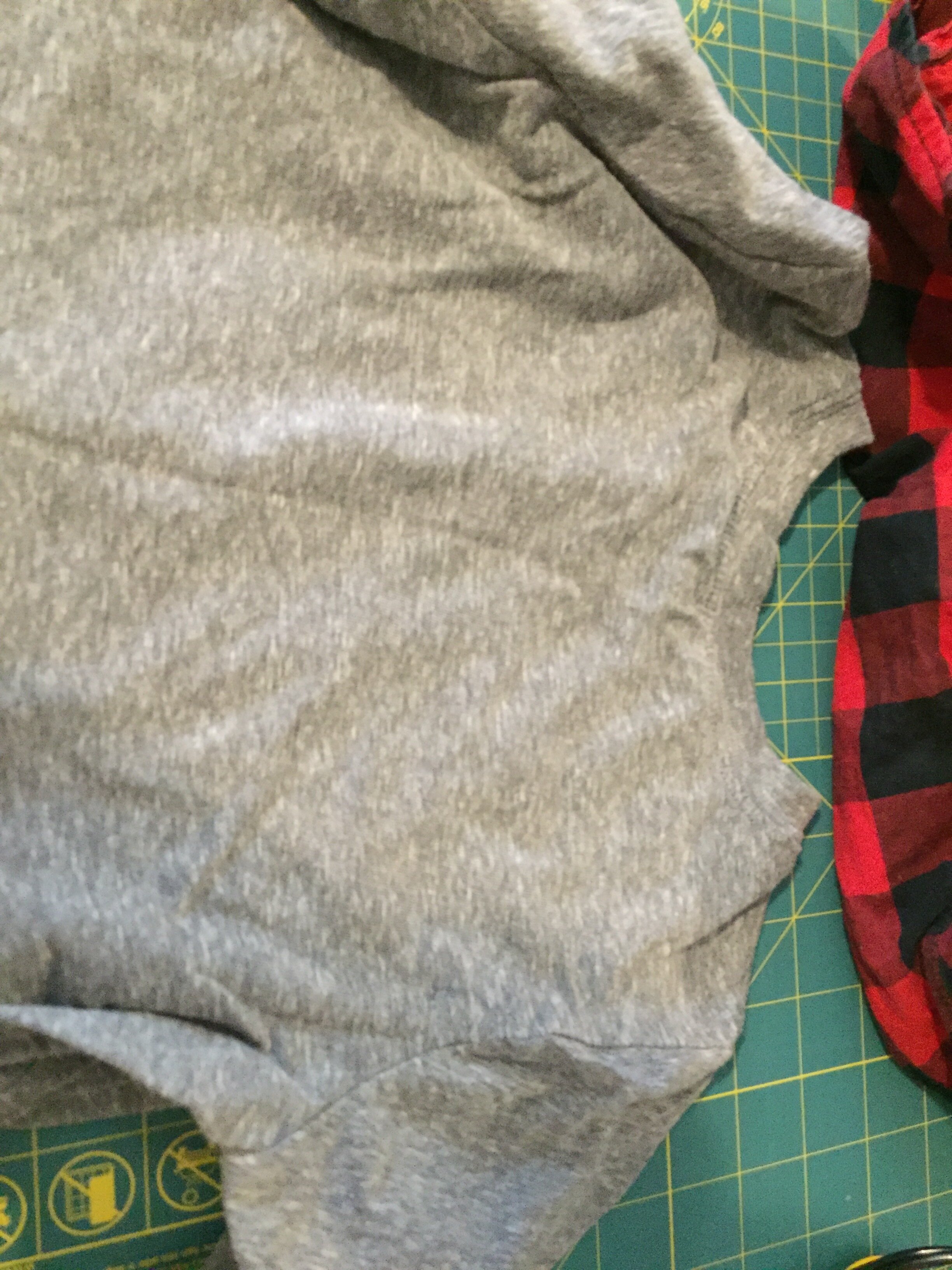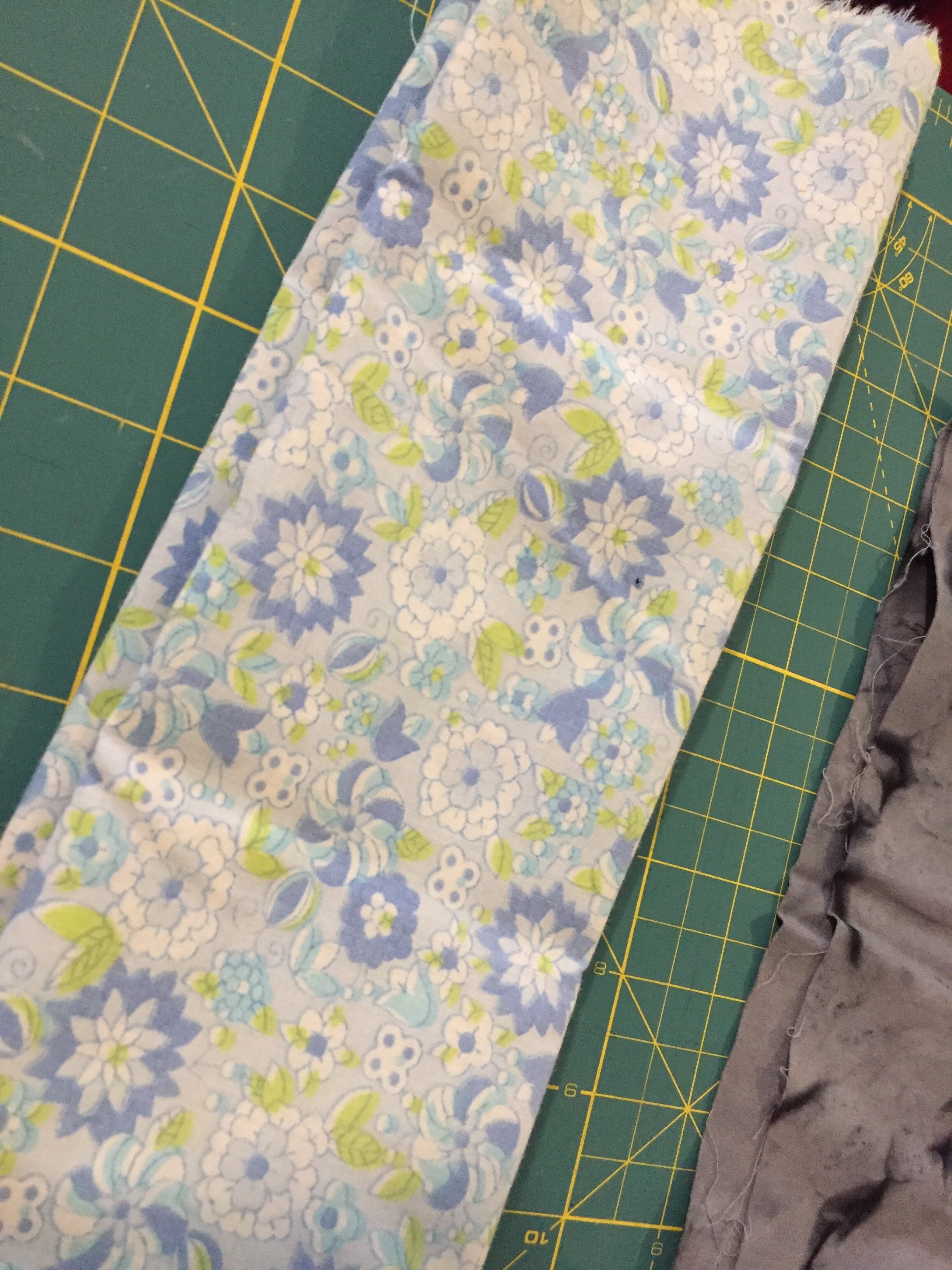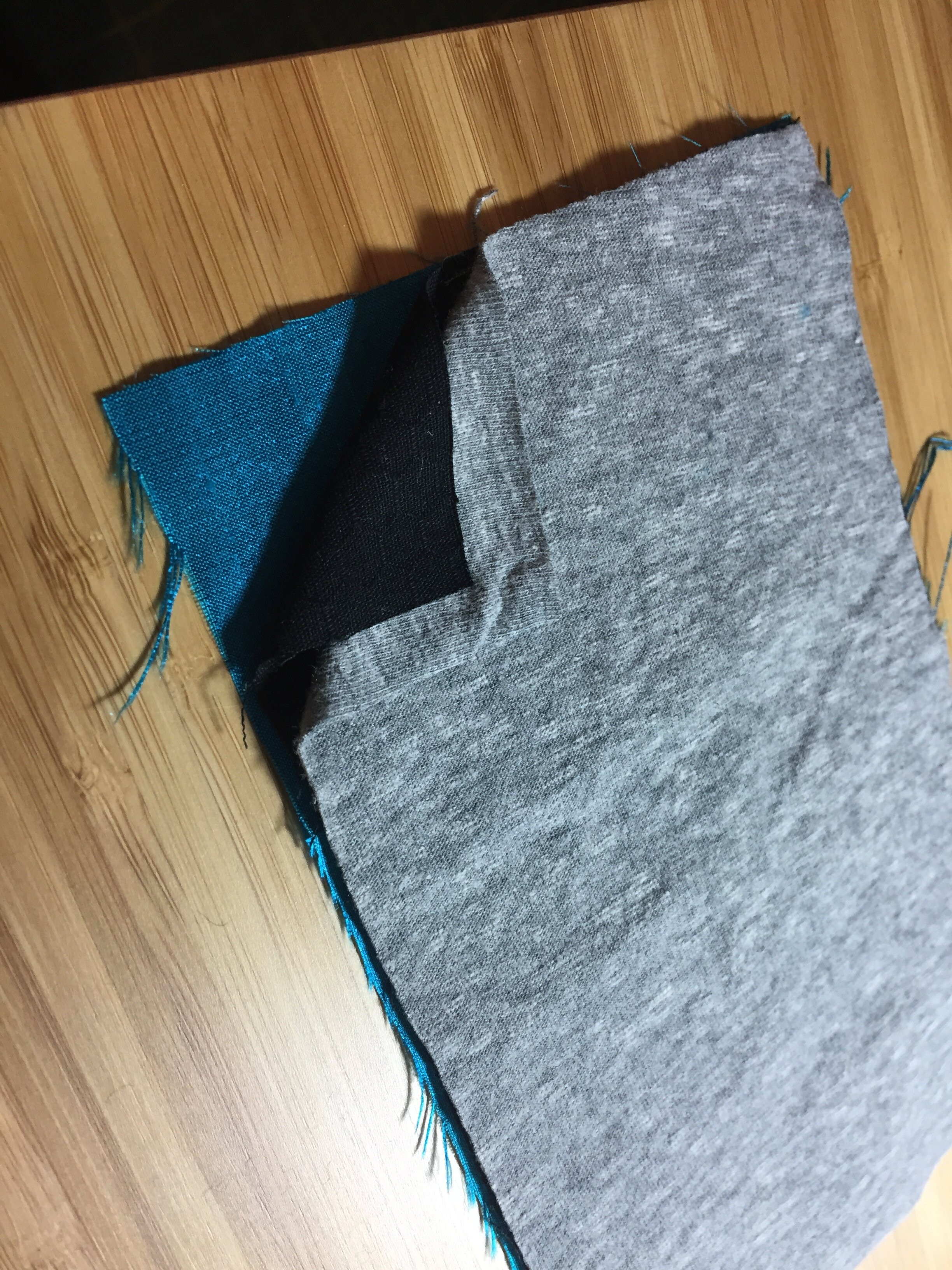Maybe Try Some Homemade Surgical Masks to Reduce the Spread of Covid-19
So far, the CDC has taken the position that the wearing of masks by the general public is NOT recommended, even during a pandemic like the one we are in now. According to the CDC, healthcare professionals should absolutely definitely wear masks, and so should anyone who is infected, but your average Tom, Dick, and Harry at the grocery store is totally fine. There has been a lot of questioning of that stance of late, and this analysis of the scientific literature comes to the conclusion that it is a nonsensical position. The CDC is reconsidering that recommendation now.
There is, of course, still a shortage of PPE, including the kind of masks that the CDC may start recommending (which are not N95 respirators), so I have rounded up some of the gajillion tutorials out there along with my own insights after making some for my own family.
First of all, some hospitals are requesting homemade masks from local sewing aficionados, so if you have the time and resources, check out the 100 Million Mask Challenge. Obviously, make sure that your local hospital is accepting donated masks and exactly which pattern and materials they require before you go crazy. The tutorial I followed and am including below is from the Deaconess hospital system, but there are plenty of others. These are community masks that only use layered fabric for filtration. If you would like to use vacuum bags or HEPA filters or whatever you have on hand, go wild, I just don’t have any advice for you. Cloth masks filter about 50% of the virus out, and while that isn’t close to perfect, that can make you four times less likely to spread the disease, if I am understanding the math right.
I should note, many patterns call for elastic to fit around the ears. As a result, most fabric and craft stores are sold out of the appropriately sized elastic. I used elastic hair ties for my kids’ masks, and you can also cut up tights or pantyhose if you have them. (Cut them the way this tutorial demonstrates.) If you don’t have any of those, you can make masks that tie on instead. Here is a link to those instructions. When choosing your fabric, consider this chart and compare it to what you have on hand. I used a combination of vintage sheets, silk, cotton tshirts, and cotton shirting. This Business Insider article suggests that a “silky outer layer” is the gold standard, but I haven’t seen that recommendation anywhere else. Joann Fabrics also has a tutorial round up you can check out for different patterns.
The final consideration is how many layers to make your masks. The Deaconess tutorial apparently originally called for layers of flannel between the outer cotton broadcloth layers, which I only know about because there was a hugely bitchy exchange on the quilting subreddit in which one person accused another of spreading MISINFORMATION for posting a tutorial for a two layer mask that is almost identical to the current Deaconess tutorial. My understanding is that a properly pleated two layer mask is fine for people trying not to spread or catch the virus in normal settings, but four layer masks are the minimum for healthcare workers. In the end, I made three layer masks, mostly with cotton jersey (a cut up tshirt) as the interior liner. I made sure I could breathe through all the layers before I started sewing.
They are relatively simple — it’s just sewing a couple of rectangles together for the most part, but the pleating is a bit fiddly. In fact, I would like to go back and re-pleat most of the masks I made. Take your time with the pleats, my friend. I would also suggest pressing the mask after you turn it. I didn’t because the tutorial didn’t call for it, but the masks would be neater and the pleats would have been easier if I had, I think. The thicker hair ties I used for Nico’s mask were the most difficult elastic option. I had to really yank to get my sewing machine needle through them. The one I actually liked most was Finn’s. I made Nico’s mask first (a layer of silk, then cotton jersey, then cotton broadcloth) and tried it on Finn. Since the large hair ties were too large for him, I used tiny hair elastic for his mask. They were shorter than the short side, and I thought that would make the sewing a pain, but they did not, and the pleating was the easiest.
The most important part of this whole thing is; make sure you work clean! I sanitized my sewing area, and rubbed my iron, rotary blade, cutting mat, pins, and needles down with alcohol before I started, and I washed my hands frequently. Finally, if you do make masks, wash them in hot water before you use them, and wash them in hot water every day. My boys are super excited to have these awesome face masks, because they mostly see them as a new bit of costuming, not a bizarre artifact of our brave new world. But with 200,000 US Covid-19 deaths being considered an optimistic prediction, I’m going to do what I can to lower their odds as much as possible.
